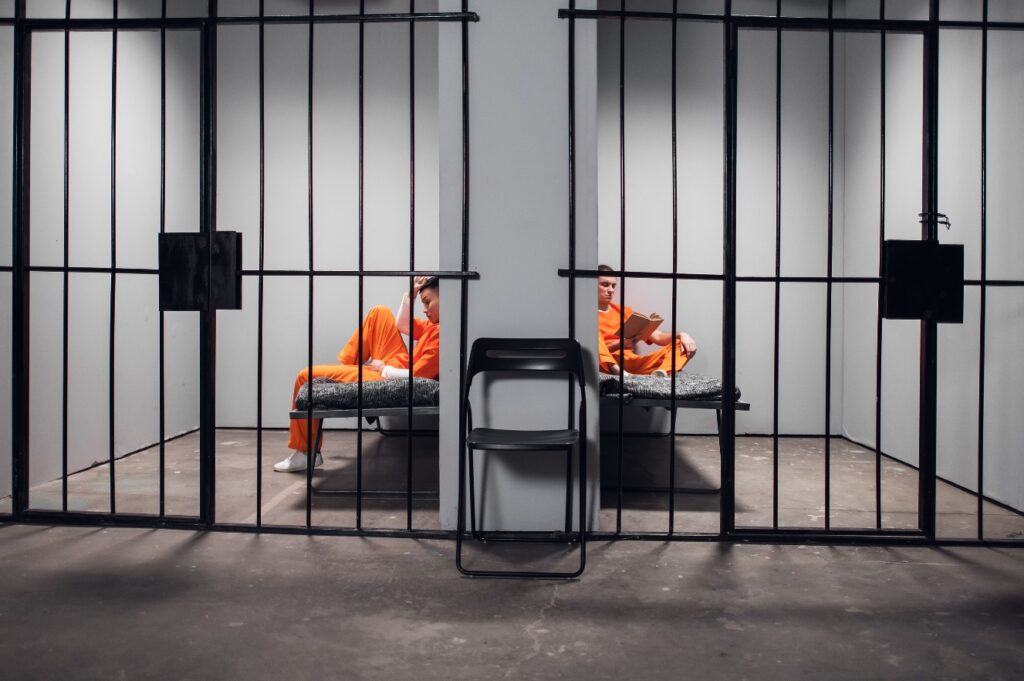True crime and ‘unsolved mystery’ type programming have become increasingly popular these days. Between streaming television shows and podcasts, the genre has caught on to all walks of life who enjoy the outlet of cyber sleuthing, problem solving, and being judge and jury from the comfort of home. Oftentimes, dramatic testimony is elicited from a person who witnessed a crime and identifies the perpetrator in open court by pointing to the defendant and exclaiming “that’s him.” This person may sound convincing and may, indeed, be convinced that the person he or she identified in court is the real perpetrator. But, what many people do not realize is that witness identifications are not always reliable. Not because witnesses are malicious or misleading, but because witnesses often make mistakes. Various human and environmental factors can affect a person’s perception of reality.
According to the Innocence Project, mistaken identifications are the leading factor in wrongful convictions, accounting for almost 70% of the wrongful convictions overturned by post-conviction DNA evidence. In “Why Eyewitnesses Fail” by Thomas D. Albright, it’s explained that there are many variables affecting an eyewitness including viewing conditions (lighting-distance-duration), distracting stimuli (weapons-loud noises) and internal states of the observer (attention-motivation-skill-prejudice). The author explains that witness misidentifications are essentially failures of visual perception (seeing things accurately) or memory (lack of precision in storage and recall).
I have been involved in several cases dealing with witness misidentifications while representing both plaintiffs and defendants. One of the most striking examples is the case of Jerry Miller, who was convicted of rape, robbery and kidnapping in 1982.
In Mr. Miller’s case, a woman was raped in her car in a parking garage in downtown Chicago. After the rape, with the victim now locked in the trunk, the rapist attempted to drive the woman’s vehicle out of the parking garage but was prevented from doing so by the two parking lot attendants who recognized the victim’s car and noticed that she was not driving it.
The perpetrator had a brief conversation with the parking lot attendants and then fled the scene. The parking lot attendants provided a description of the driver to a police sketch artist and the sketch was published in a daily police bulletin.
Two police officers thought the sketch resembled Mr. Miller, a man they had questioned a few days earlier. Miller was placed in a lineup and one of the parking lot attendants positively identified Miller and the other parking lot attendant tentatively identified Miller. Mr. Miller was ultimately charged with rape, robbery and kidnapping and at his criminal trial both parking lot attendants identified Miller as the perpetrator. Mr. Miller was convicted and sentenced to 52 years in prison.
In 2006, DNA testing on the victim’s slip exonerated Miller and established the identify of another man, Robert Weeks, as the real perpetrator. At the time of his release, Jerry Miller had served over 26 years in prison for a crime he did not commit.
What Mr. Miller’s case highlights is that witnesses are often wrong. The person they think was the perpetrator in fact had nothing to do with the crime. This can be so even in situations where the witness has an ample opportunity to observe the offender.
In Mr. Miller’s case, the two parking lot attendants were immediately suspicious when the victim’s car approached the ticket booth. The victim, a white female, parked her car in that garage every day and the attendants noticed that as the car approached there was an unknown black male driving the car. The attendants were also able to have a brief conversation with the driver before he fled on foot. Nonetheless, the attendants mistakenly identified Mr. Miller in a subsequent police lineup. Sometimes there is an issue of racial bias, but this was not a factor as the parking lot attendants were also African-American.
In other cases, the circumstances of a purported witness identification may be flimsy yet the prosecutors still rely on that identification and the identification is presented as rock-solid evidence at trial. Such was the case with my late client Cleve Heidelberg.
In Mr. Heidelberg’s case, in 1970, a Peoria County Sheriff’s Deputy was shot and killed while responding to a call of an armed robbery at a drive-in movie theatre. After killing the officer, the shooter fled the scene and a high-speed car chase ensued. The shooter wound up crashing the car and escaping on foot.
The shooter had borrowed Mr. Heidelberg’s car and when Mr. Heidelberg went to retrieve his car later that night he was arrested by officers at the scene.
Several police officers reported and later testified at Mr. Heidelberg’s criminal trial that they observed him driving the subject vehicle as it sped past them at various points during the chase. The reliability of these alleged identifications was suspect, as the officers would have had only a fraction of a second to observe the driver whizz by them at a high rate of speed at night. Yet, based on, among other things, this powerful purported eyewitness evidence, Heidelberg was convicted.
Incredibly, prior to Heidelberg’s sentencing, the real shooter, James Clark, confessed to the crime. This confession fell on deaf ears and Mr. Heidelberg was sentenced to 99 to 175 years in prison. Mr. Heidelberg wound up serving 47 years in prison before his conviction was vacated in 2018.
Improper lineup procedures can also lead to witness misidentifications. The other individuals placed in a lineup with the suspect (known as “fillers”) are supposed to reasonably resemble the suspect in terms of age, height and weight so that the suspect does not stand out. This is not always the case and when such proper procedures are not followed the potential for bias exists.
I currently represent Chester Weger in his post-conviction proceedings. Mr. Weger was convicted of the Starved Rock Murders in 1961 and served 61 years in prison before being released on parole earlier this year. Prior to his arrest for the murders in Starved Rock State Park, the police believed Mr. Weger was a suspect in a rape that had occurred a few years earlier. Mr. Weger was 19 years old at the time of that attack. Yet, in the lineup viewed by the rape victim, the police used four fillers that were much older than Mr. Weger and looked nothing like him. This created an inherent bias that made the lineup unfair and likely affected the victim’s subsequent identification.
Witness misidentifications can affect both plaintiffs and defendants. A witness may mistakenly identify a criminal suspect. Similarly, a witness may mistakenly perceive the circumstances of a crime or event, such as a car accident. Law enforcement officers, prosecutors, attorneys, and jurors need to realize that just because a witness says so does not make it so. A full and fair examination of the all circumstances of the subject crime, and all the evidence involved, is necessary.








